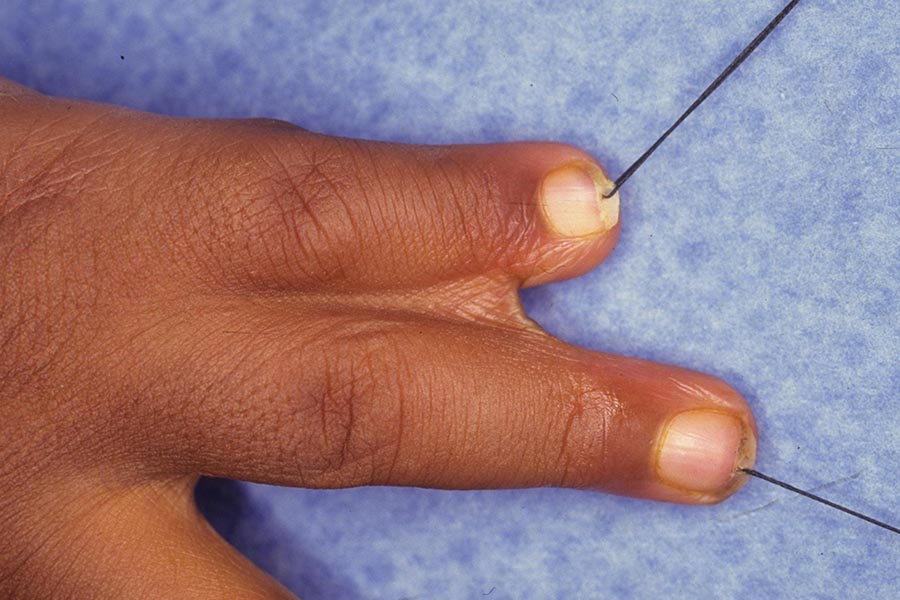
Syndactyly Surgery
Syndactyly Surgery – Correcting Webbed Fingers and Toes for Improved Function and Appearance
Syndactyly is a congenital condition where two or more fingers or toes are fused together due to incomplete separation during fetal development. Syndactyly surgery is performed to separate the fused digits, improving both functionality and aesthetic appearance. This procedure allows patients to gain better movement, grip strength, and a more natural-looking hand or foot.
What is Syndactyly Surgery?
Syndactyly surgery is a reconstructive procedure designed to separate webbed fingers or toes. This surgery helps restore individual movement and enhances the overall functionality of the affected hand or foot. The procedure varies depending on the severity of the condition and whether it affects only the skin or also involves bones and joints.
With this procedure, we:
✔️ Separate fused fingers or toes to enhance mobility.
✔️ Improve hand or foot function for better daily activities.
✔️ Achieve a more natural and aesthetically pleasing appearance.
✔️ Use skin grafts if necessary to cover exposed areas after separation.
✔️ Ensure proper healing and long-term functionality.
Who Can Benefit from Syndactyly Surgery?
Syndactyly surgery is recommended for patients who:
- Have fingers or toes fused by skin, bones, or both.
- Experience difficulty in gripping objects or walking properly.
- Have asymmetry between both hands or feet due to the condition.
- Want to improve the aesthetic appearance of their hands or feet.
- Have syndactyly affecting thumb or index fingers, which are crucial for fine motor skills.
Early intervention, typically between 6 months and 2 years of age, is recommended for optimal results, but adults can also benefit from the surgery.
How is Syndactyly Surgery Performed?
Syndactyly surgery is usually performed under general anesthesia and may take 1 to 3 hours, depending on the complexity of the fusion. The steps involved include:
✔️ Making Precise Incisions: We carefully separate the fused fingers or toes while preserving nerves and blood vessels.
✔️ Skin Grafting if Needed: In cases where there is not enough skin to cover the separated digits, a skin graft is taken from another part of the body (usually the groin or inner arm) to ensure smooth healing.
✔️ Reshaping and Suturing: The separated digits are reshaped, and sutures are placed to promote healing.
✔️ Splinting and Bandaging: A protective bandage or splint is applied to keep the fingers or toes in place during the healing process.
Recovery Process After Syndactyly Surgery
Recovery time varies depending on the severity of the condition, but typical healing phases include:
- Mild swelling and discomfort in the first few days.
- Bandages or splints may be required for 2-3 weeks.
- Physical therapy or hand exercises may be needed to restore full movement.
- Complete healing and full functionality typically occur within 3-6 months.
- Follow-up visits are necessary to monitor progress and prevent complications.
Why Choose Us for Syndactyly Surgery?
✔️ We perform precise and customized surgical techniques to ensure the best functional and aesthetic results.
✔️ We use advanced microsurgical methods to minimize scarring and promote optimal healing.
✔️ We provide comprehensive post-operative care, including physical therapy and follow-ups.
✔️ We focus on both hand function and appearance to enhance quality of life.
If you or your child has syndactyly and would like to explore surgical options, contact us for a consultation. We are here to help you achieve improved functionality and a natural look with expert care!